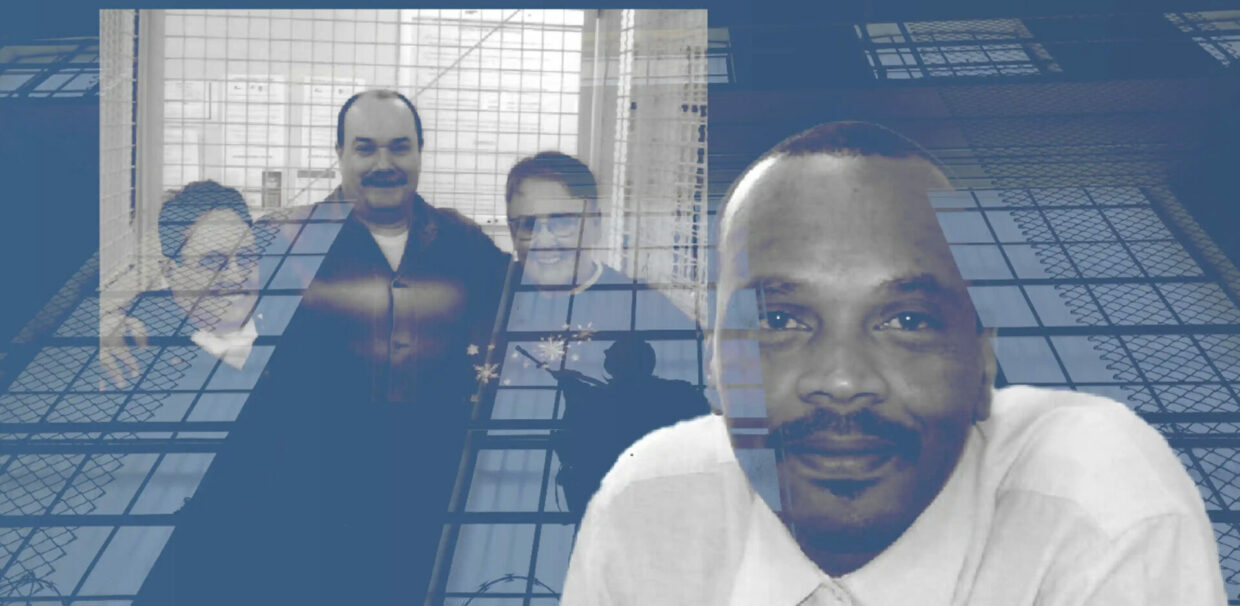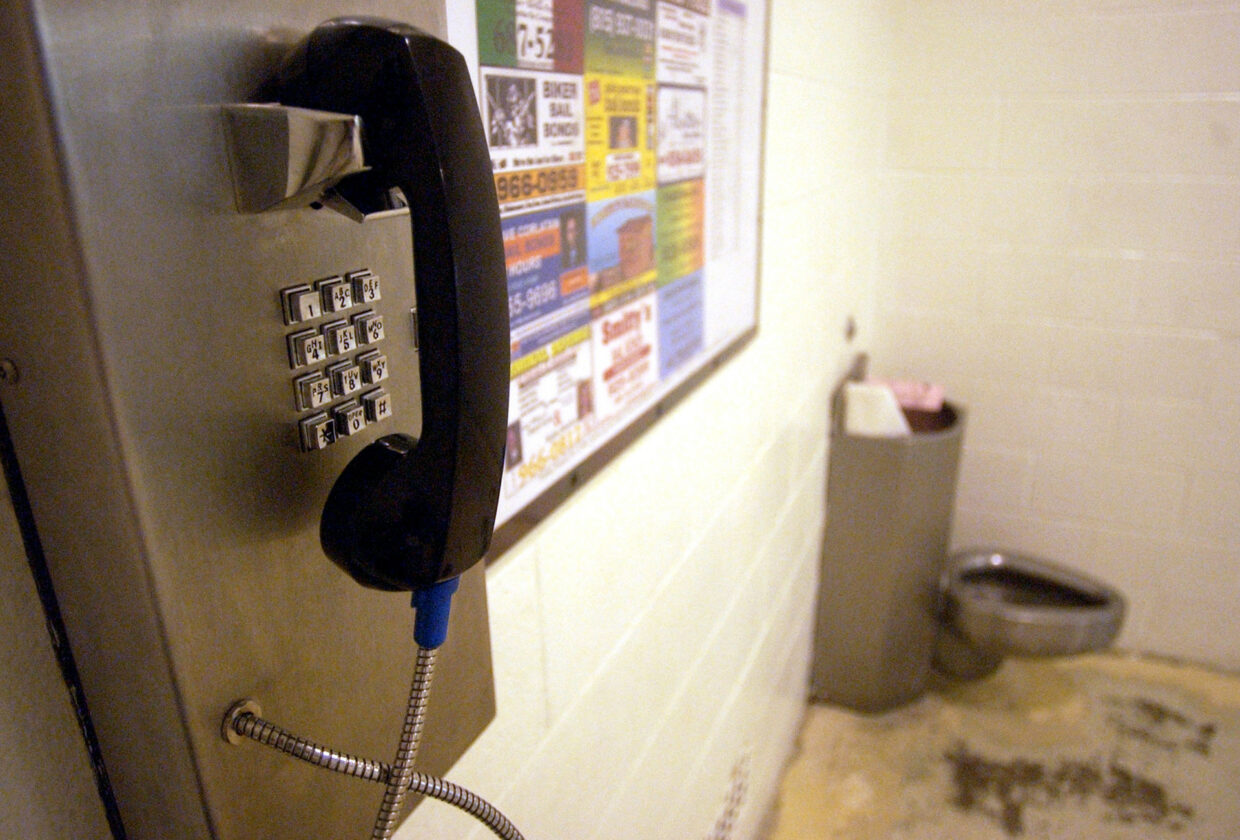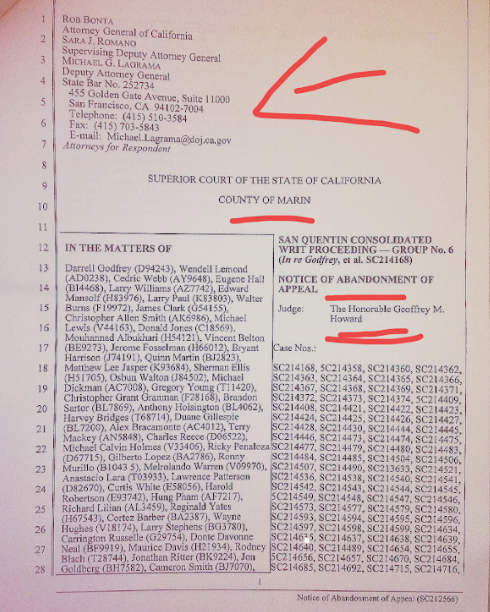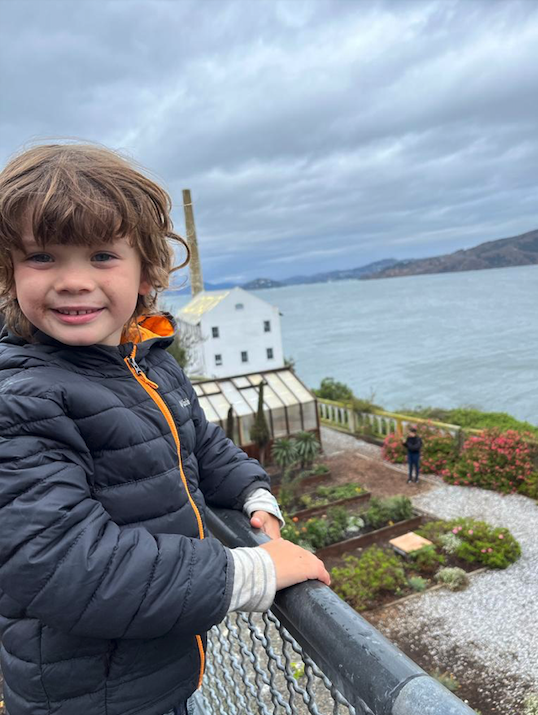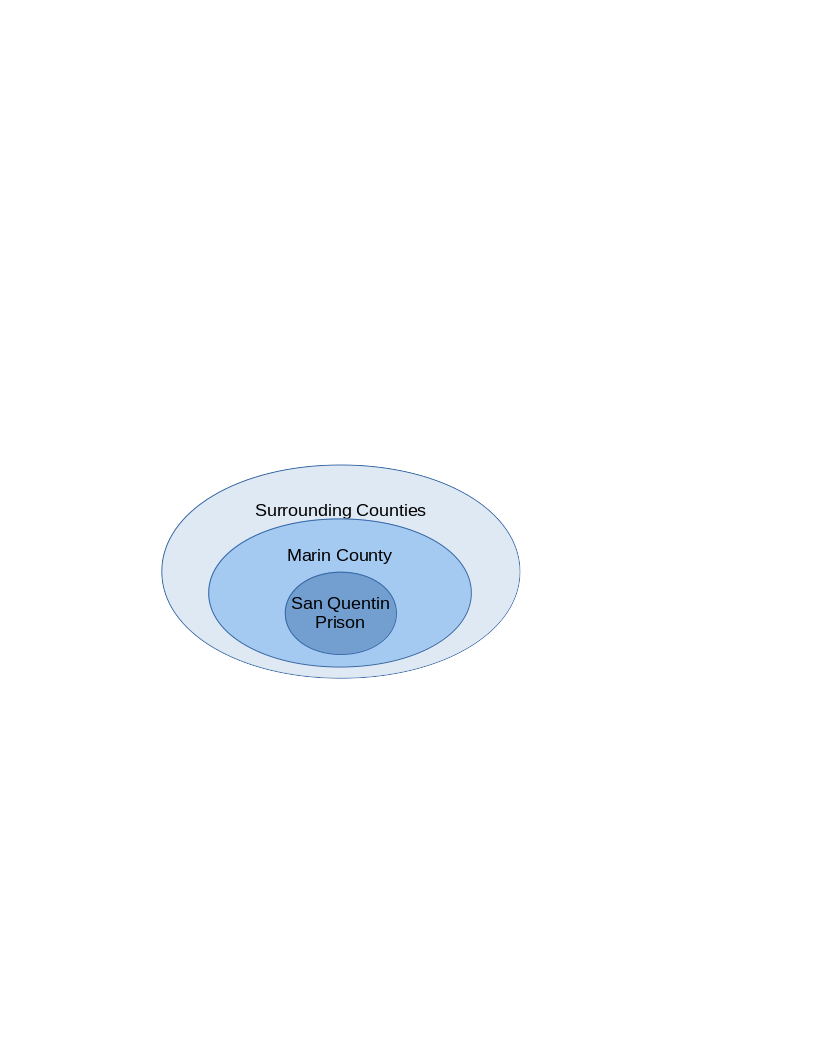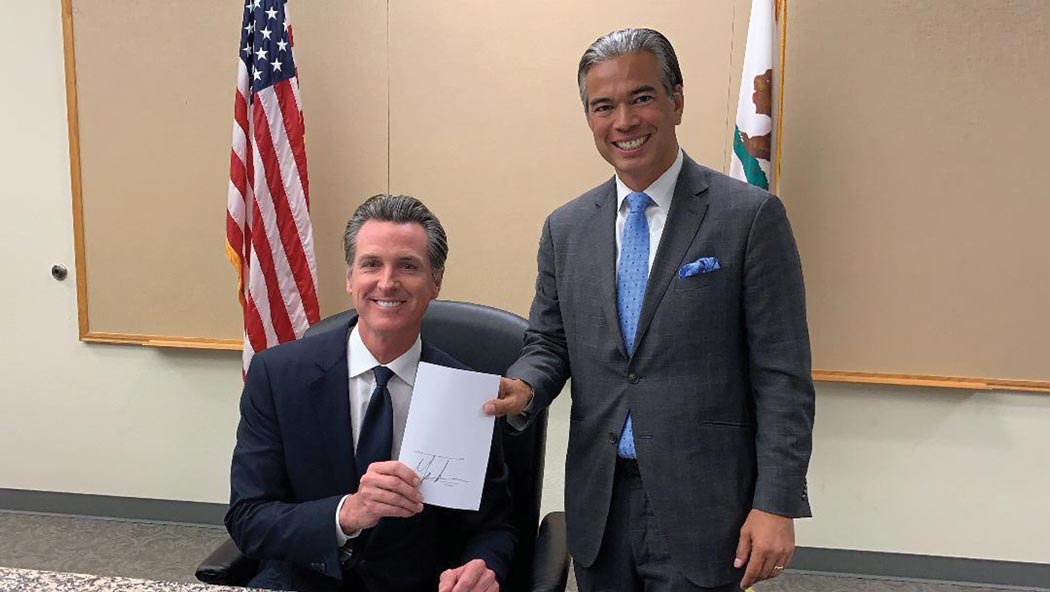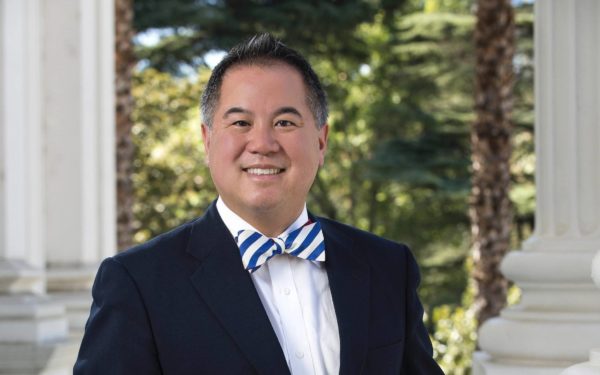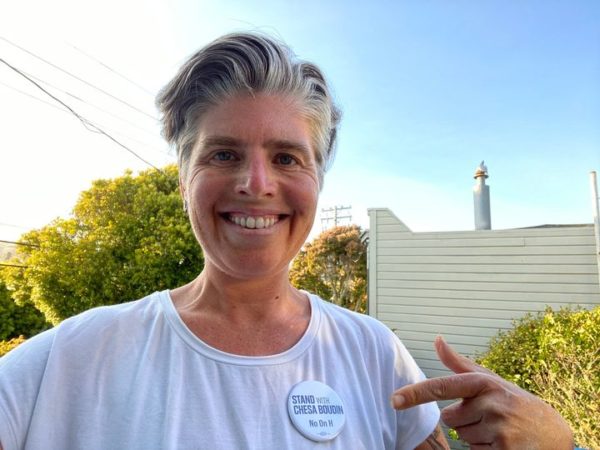“Of what shall a living man complain, each man for his sins?” (Lamentations 3:39).
Eikhah Rabbah 3: 13
“Of what shall a living man complain?” – it is sufficient for him that he is alive. Rabbi Levi said: The Holy One blessed be He said: Your life is in My hands, yet you complain? Rabbi Huna said: Let him stand like a mighty one, confess his sins, and not complain. Rabbi Berekhya said: Of what shall he complain about the One who gives life to the worlds? If he seeks to complain, it should be each man for his sins.
There’s a superb story in this morning’s Guardian by Sam Levin about what Gov. Newsom’s Quentin “Scandinavization” means for the people on death row. Levin had incredible access and interviewed some fascinating people, whose voices we almost never see in print: the people on death row themselves, who are coming to terms with an unfathomable change in their lives and future prospects. It may surprise those of us unfamiliar with death row that the change is not universally celebrated, and that some people feel downright dread about the prospect of being surrounded by people and other stimuli. Some express serious concerns about being transferred away from their family and lawyers. Others are thrilled with the new experiences, including those of the natural world, even as they are reeling from them:
Leaving death row was immediately overwhelming. His group of about a dozen men, heading to a prison outside Los Angeles in July 2021, made a brief stop in the Central Valley, and as they stepped off of their bus, many of them froze in their tracks, he said.
For the first time in decades, they were standing on grass.
When they explained to a guard why they were so stunned, the officer allowed them to walk to an even lusher patch of grass nearby. “We just marveled at the softness and the smell of the grass and the earth. It was remarkable. The officer let us stand there and watch as we left our footprints in the grass. It’s just an amazing thing that people take for granted.”
At their new prison, Correll Thomas, 49, who had been on death row since 1999, experienced sensory overload: “On the yard, it’s just movement – people running laps at different speeds, people doing push-ups and exercising, someone’s throwing a football back and forth, people playing soccer while others are playing football. I was keeping my head on a swivel, trying to take in as much as I can, turning right to left every two seconds. On death row, we don’t have such fast movements.”
This stuff–the opening of possibilities for people whose life was entirely doomed–is huge. It’s a scenario I’m intimately familiar with, because of my work on members of the “Class of ’72” and their parole hearings. In 1972, the California Supreme Court decided People v. Anderson, which found the death penalty unconstitutional because of its barbarism. The decision would be publicly lambasted and later reversed, and the death penalty would return in 1978, but the people who were on death row at the time–including Charles Manson, Dennis Stanworth, and Sirhan Sirhan–had their sentences commuted. Life with parole was not an option at the time, and so, all these people, who were not supposed to see the light of day, started coming up for parole in the late 1970s.
All the parole hearings I’ve looked at from the early 1980s reflect a sense of great public panic about the prospect that these folks would receive what was considered the standard sentence for murder at the time–fifteen years or so at most–and the sense of urgency to keep them behind bars. I wouldn’t be surprised if the rapid and considerable increase in the average length of a sentence for murder was because of the concerns about disproportionate punishments in these high-profile cases. Which raises a really interesting question: if you were supposed to be executed and you’ve had a reversal of fortune, are you supposed to just be grateful and roll with the punches of absurdity at the parole board? If you’re then barred from taking any programming because of protective segregation or whatnot, should you just shut up and say thank you, because you weren’t going to receive any programming anyway? Or are we willing to revise our opinions about people’s fates over time.
My colleague Alessandro Corda drew my attention to a new and intriguing development in retributivism: Julian Roberts and Nethanel Dagan propose revising our notions of just deserts. Rather than a “static” assessment of severity, conducted and calcified at a particular point in time, they propose a “dynamic censure” model, which is flexible to changes in censure that occur as time passes. Here they explain this model in their own words:
According to the dynamic model, the amount of censure that an offender deserves for his crime may change in response to certain acts of the offender. Sensitivity to some post-offence and, particularly, post-sentence behaviour thereby becomes internal to assessments of (continuing) deservedness of punishment. According to what we term ‘ static ’ desert, post-offence conduct does not affect the seriousness of the crime or the offender ’ s culpability for the offence. Under a purely desert-based sentencing rationale, the focus of the sentence is, therefore, tightly drawn upon the culpable act or omission. The offender’s general lifestyle and his actions after the commission of the crime should carry no weight. They are not seen as affecting an offender ’ s culpability and are therefore excluded from the sentencing equation.
A responsive censure-based approach, however, necessarily expands the ambit of inquiry at sentencing. Penal censure engages the offender in a more clearly communicative manner. Andreas von Hirsch and Andrew Ashworth capture the essence of the concept in this way: ‘ The punishment conveys to the actor a certain critical normative message concerning his conduct … this message treats him as a moral agent – that is an agent capable of moral deliberation ’. These authors further note that ‘ When the offender is thus censured, a moral response on his part is deemed appropriate ’ , but then suggest that ‘ The censure, however, serves only to give the actor the opportunity to make such a response ’ . Yet does it make sense to provide offenders with an opportunity but to then remain oblivious to whether they avail themselves of the opportunity ? We argue that the censuring authority should be attentive to the fruits of the offender ’ s moral deliberation, as they may affect the degree of censure that is (or remains) appropriate.
Even more importantly, a responsive censure approach draws the sentence administration phase into the purview of desert-based punishment. Desert theory contains restraining arguments for the punitiveness of the state, such as the ‘ drowning out ’ argument, progressive loss of mitigation for repeat offenders, the principle of parsimony, and related decremental penal strategies. However, desert theory fails to offer any restraints on the severity of punishment after sentencing, no matter what offender does thereafter. The punishment phase itself – which can last for years and even decades, sometimes for an offender’s entire natural lifespan – creates a normative ‘ vacuum ’ for desert theory. In contrast, we argue that a responsive censure-based account offers an important resource for evaluating the degree of deserved punishment into the administration of the sentence.
Roberts J. & Dagan N. (2019). “The Evolution of Retributive Punishment: From Static Desert to Responsive/Dynamic Penal Censure.” In: A. du Bois-Pedain & A. Bottoms (eds.) Penal Censure: Engagements within and Beyond Desert Theory, pp. 141-159 Oxford: Hart.
One possible critique of Roberts and Dagan’s groundbreaking article is that they are doing nothing more than articulating utilitarian reasons, such as rehabilitation, within the retributive framework. To which one might answer: Why is that a bad thing? If a person manages to avail herself of rehabilitative options, isn’t that as much a statement of the rebalancing of good and evil in their case as it is of their future reentry prospects? I think one can make a case about both. This also helps explain why, for example, I feel differently about the release prospects of Sirhan Sirhan and Yigal Amir. The former has been in prison for 55 years, improved himself in countless ways, picked up far fewer disciplinary write-ups than one would expect for such a long incarceration, and expressed serious contrition and a change of heart about terrorism and about violence as a solution for the world’s problems. The latter has been inside less than 30 years, expresses no contrition whatsoever, and is pretty much the same person he was when he went in. Even from a purely retributive perspective it feels like one of these people is more deserving of freedom than the other.
I think it’s fair to read the Guardian piece with an open mind, without drawing comparisons between life on death row and life in general population. There is only one road in your life, and that’s the road your life ends up taking. Gratitude is always a wonderful thing to feel and express, but there is plenty to fix in general population and in the parole process as well. Where someone should or should not have ended up is far less important then where they actually are. Let’s fashion our policy to acclimating these folks to the yard accordingly.

